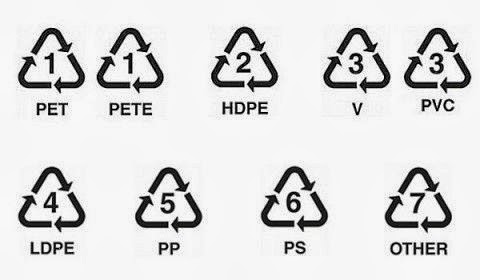Recommended articles & working papers (AI, crypto, Llama 3.1, ChatGPT, Deep Learning and digital payments)
The tech landscape is constantly evolving, making it challenging to stay abreast of the latest advancements and insights. To streamline your learning journey, we've compiled a curated list of essential articles and papers that delve into critical topics shaping the industry. Whether you're a seasoned professional or a curious enthusiast, this collection offers valuable knowledge and perspectives to expand your tech horizon.
Articles
- Embracing generative AI in credit risk. Credit risk organizations are already adopting gen AI technologies. How can they deploy them safely and at scale? (McKinsey).
- Against choosing your political allegiances based on who is "pro-crypto" (Vitalik Buterin's website).
Post
- Introducing Llama 3.1: Our most capable models to date (Meta).
Working papers
- The Adoption of ChatGPT. We study the adoption of ChatGPT, the icon of Generative AI, using a large-scale survey experiment linked to comprehensive register data in Denmark. Surveying 100,000 workers from 11 exposed occupations, we document that ChatGPT is widespread, but substantial inequalities have emerged. Women are 20 percentage points less likely to have used the tool. Furthermore, despite its potential to lift workers with less expertise, users of ChatGPT earned more already before its arrival. Workers see a substantial productivity potential in ChatGPT but are often hindered by employer restrictions and the need for training. Informing workers about expert assessments of ChatGPT shifts workers’ beliefs but has limited impacts on actual adoption (Marginal Revolution).
- Deep Learning for Economists. Deep learning provides powerful methods to impute structured information from large-scale, unstructured text and image datasets. For example, economists might wish to detect the presence of economic activity in satellite images, or to measure the topics or entities mentioned in social media, the congressional record, or firm filings. This review introduces deep neural networks, covering methods such as classifiers, regression models, generative AI, and embedding models. Applications include classification, document digitization, record linkage, and methods for data exploration in massive scale text and image corpora. When suitable methods are used, deep learning models can be cheap to tune and can scale affordably to problems involving millions or billions of data points.. The review is accompanied by a companion website, EconDL, with user-friendly demo notebooks, software resources, and a knowledge base that provides technical details and additional applications (arXiv).
- Digital payments, informality and economic growth. We examine the relationship between digital payment innovation, economic growth and informal activities in 101 economies over 2014–19. Following the economic growth literature, panel regressions relate growth rates of GDP per capita, total factor productivity (TFP) and the share of informal sector employment to lagged levels of these variables, the extent of digital payments use and various controls for endogeneity. We find that a one-percentage point increase in digital payments use is associated with increases in the growth of GDP per capita of 0.10 percentage points over a two-year period, and a decline in the share of informal sector employment of 0.06 percentage points over a two-year period. Insofar as the reported share of the population making digital payments ranges nearly from 0 to 100%, this is substantial. Digital payments do not appear to be significantly associated with rises in TFP, once controlling for general measures of digitalisation and government effectiveness, but they are linked to greater financial inclusion and credit access. Our results reinforce the case for government policies to encourage digital payments and, as complementary factors, access to the financial sector and information technology (BIS).
Feel free to follow me on X



Comentarios